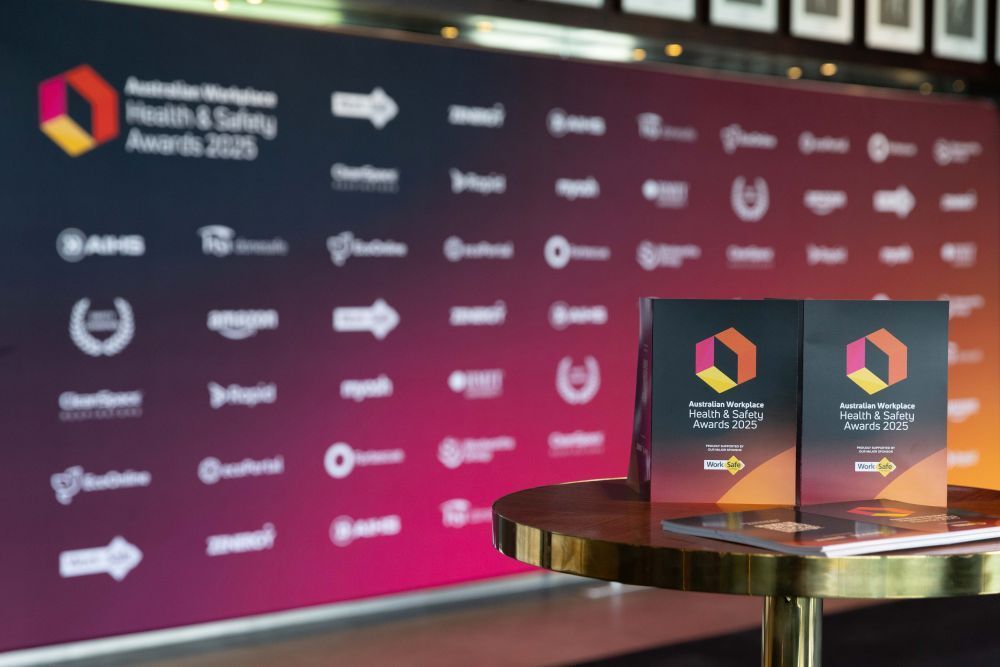Crafting the perfect WHS Resume
Your resume is like your first impression to a potential employer. You need to ensure you get it right. What should you include in your WHS resume?
We all know the saying: You don’t get a second chance to make a good first impression. That’s precisely why your resume is so important. Your resume is your first contact with a potential employer or recruiter.
Did you know the average time spent looking at a resume by a prospective employer or recruiter is just 6 seconds? They spend 80% of the brief review on six key elements of your resume: Your Name, the current company you work for, your previous employment, the start and end dates of your previous position, the start and end dates of your current position and your education background.
A resume needs to communicate why you are suitable for the job, showcase why you are better suited than other candidates and present it all in a concise and clear manner.
So what do you need to know to create the perfect WHS resume?
While crafting the perfect resume shouldn’t be a torturous undertaking, it does require a bit of effort. Employers expect candidates to present articulate and well-organised accounts of their job history. Yet, according to a recent survey by research firm Mortar London, there is a gap between what job seekers prioritise on their resumes and what employers want to see.
The study found that 50 per cent of modern professionals prioritised showcasing soft skills, personal interest and volunteer experience. However, recruiters were on the lookout for correct formatting, strategic use of industry-related terms and clean copy. The research firm ultimately decided that the most important things to showcase on your resume are:
- A full list of positions within a given company with start and end dates
- A strategic use of industry keywords
- A thorough description of all accomplishments
- A clean, grammatically correct copy
- Accurate formatting
Here are some more useful tips for WHS professionals looking to create an effective resume.
1. Strip it down to the essentials
Recruiters are tasked with going through mountains of resume’s for any given position. They don’t want to pore through a 12 page resume (and they most likely won’t). Sit down and take a look at all of your past experience, if it doesn’t fit on 4 pages, cut it down until it does.
Ask yourself: Which previous WHS positions best demonstrate that I am well suited for this new role? What do I need to convey about my responsibilities and how can I say it concisely? You want your resume to showcase you are equipped with the skills to perform the job at hand but you don’t want to give the recruiter a play-by-play of every job you’ve had since high school – find a middle ground.
2. Make continual improvements
Your resume is by no means static. It is a document that should evolve with your career. Make sure you are constantly updating your resume to reflect any new positions or responsibilities you take on. Many people only update their resumes when they have made a move to a new company. However, your shifts within a given company are equally important. For WHS professionals, any new training courses or certifications are extremely important to add in.
When you go in to make these updates make sure you are revising the current content. Is there any information that has become stale? Do you have a new mobile number? Is there a typo or a grammar error? Be meticulous with these updates.
3. Don’t just list, explain
While you don’t want to fill your whole resume up with lengthy descriptions of your roles, you also want to avoid limiting yourself to bulleted lists with no explanation. It’s like sending your friend a recipe but only listing the ingredients with no indication of what to do with them. Your potential employer wants to know how you can use your skills to improve their organisation as a whole – spell it out for them.
3. Formatting, Layout and Spelling
Use simple text in modern, standard font that is easy to read, and that everyone can understand. Avoid cluttered or complicated layouts with headers, footers, tables or other additions that may not look right when viewed on different computers. Don’t forget to run a spell check and always include you correct contact details with current address.
3. WHS Achievements
As a WHS professional your resume needs to highlight any related achievements, but be cautious not to overstate them, as reducing the company LTI’s by 60% in just 6 months may be hard to fathom.






